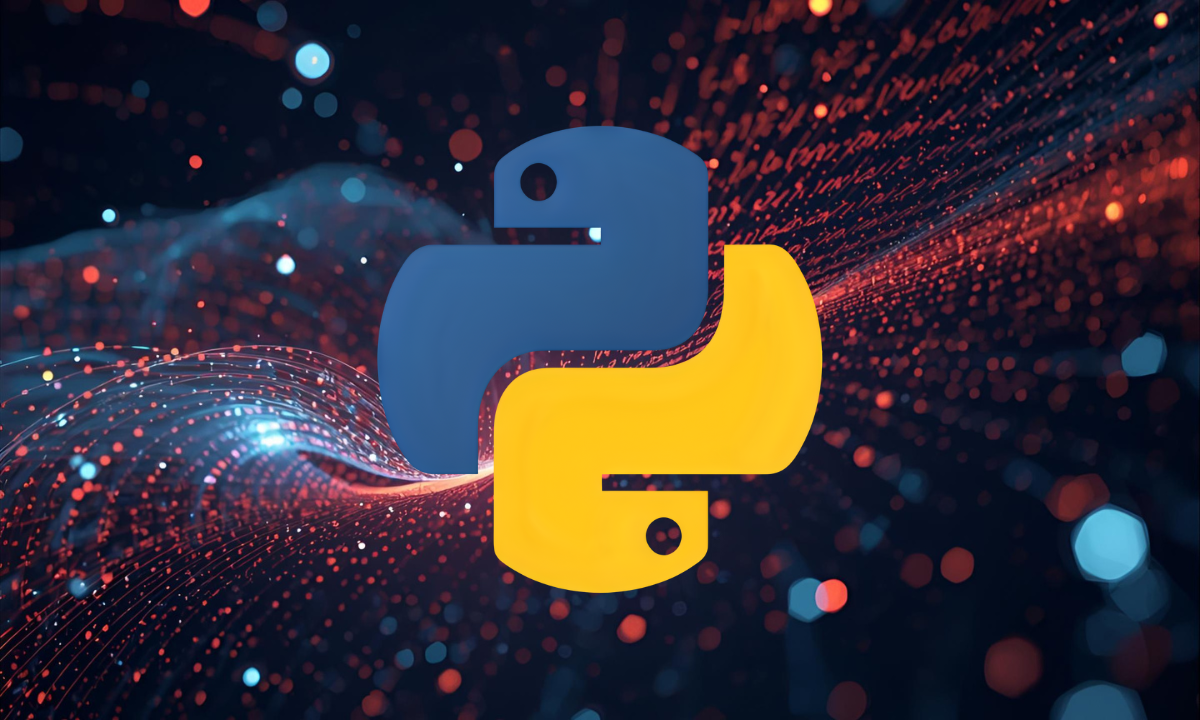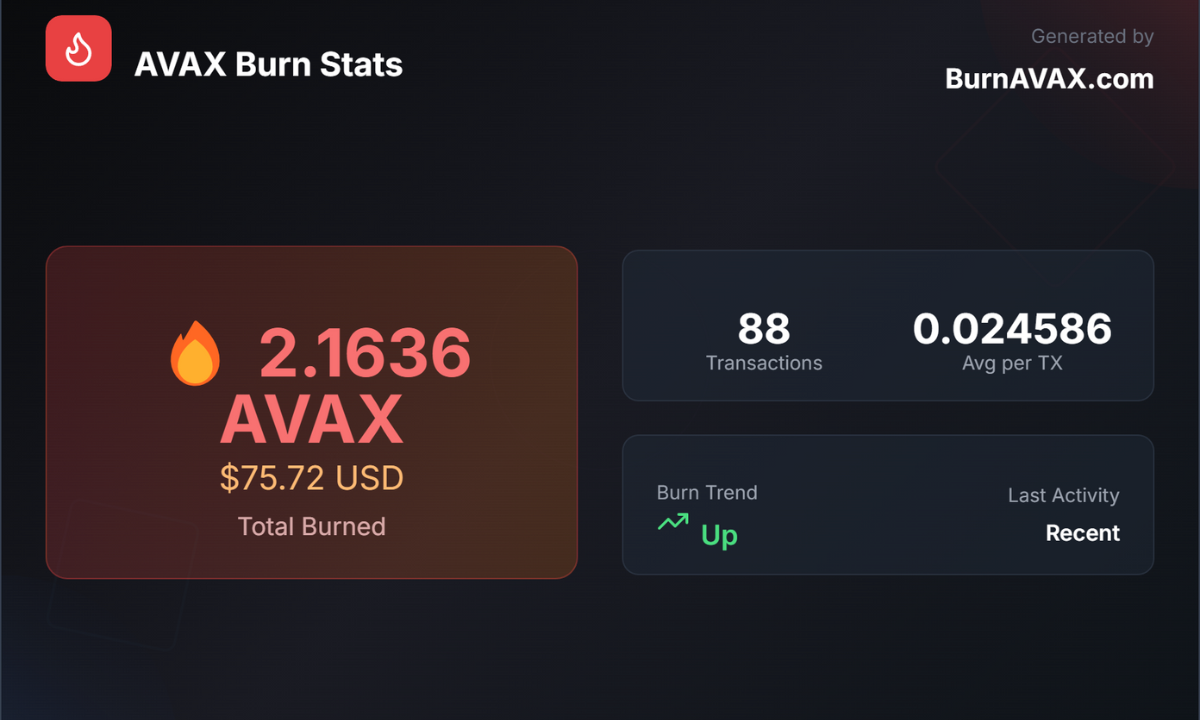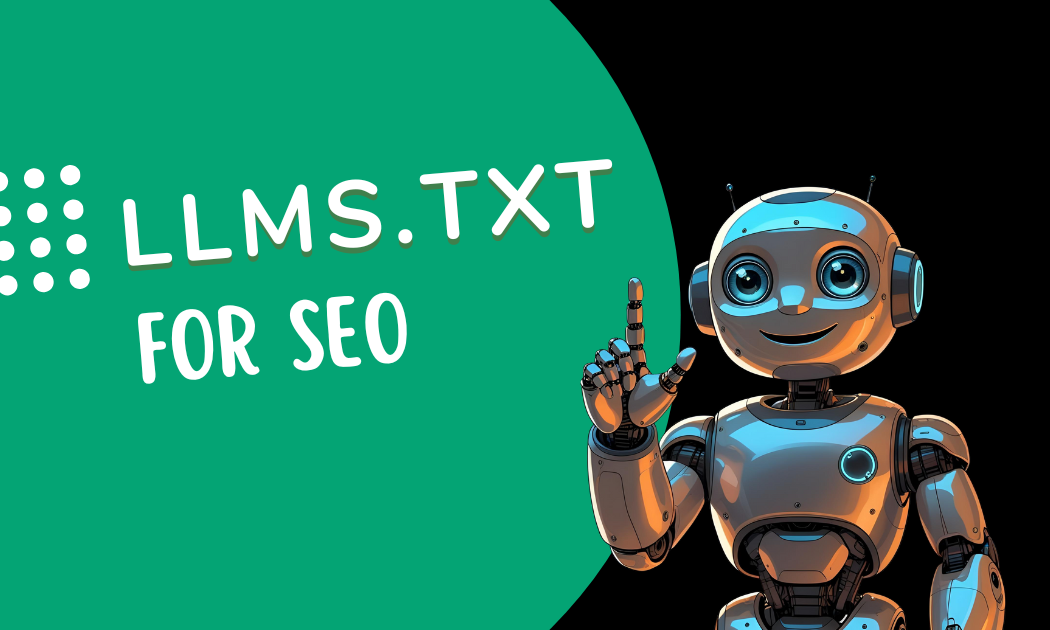Elevate Your Online Presence: How vComply Achieves Website Accessibility Compliance
A website is often the first point of contact between a business and its potential customers. However, for a significant portion of the global population, inaccessible websites create frustrating barriers, denying them equal access to information and services. With over 1.3 billion people worldwide living with some form of disability, and 95.9% of top websites failing basic accessibility standards, ensuring your website is inclusive isn’t just a moral imperative; it’s a legal and business necessity.
This article will delve into the critical importance of web accessibility compliance, explain how a dedicated widget like vComply can streamline the journey to inclusivity, and highlight the tangible value it brings to businesses and users alike.
The Imperative of Web Accessibility: Beyond Compliance
The Legal Landscape: ADA and WCAG
The legal framework for web accessibility is primarily driven by the Americans with Disabilities Act (ADA) in the United States and the internationally recognized Web Content Accessibility Guidelines (WCAG).
ADA Compliance: The ADA prohibits discrimination against individuals with disabilities in all areas of public life, including public accommodations. While the ADA doesn’t explicitly define website accessibility standards, numerous lawsuits have affirmed its applicability to digital spaces. Courts often look to WCAG as the de facto standard for ADA website compliance.
WCAG Guidelines: Developed by the World Wide Web Consortium (W3C), WCAG provides a comprehensive set of guidelines for making web content more accessible. These guidelines are organized into four core principles, often remembered by the acronym POUR:
Perceivable: Information and user interface components must be presentable to users in ways they can perceive. This means providing text alternatives for non-text content (like image alt text and video captions), offering sufficient color contrast, and ensuring content can be presented in different ways without losing information.
Operable: User interface components and navigation must be operable. This includes making all functionality available via keyboard, providing enough time for users to interact with content, and avoiding content that could cause seizures.
Understandable: Information and the operation of the user interface must be understandable. This involves using clear and consistent language, making web pages appear and operate in predictable ways, and helping users avoid and correct mistakes.
Robust: Content must be robust enough that it can be interpreted by a wide range of user agents, including assistive technologies. This emphasizes using valid HTML, providing proper document structure, and ensuring compatibility with screen readers and other tools.
Complying with these standards not only mitigates legal risks, such as costly lawsuits and reputational damage, but also significantly expands your potential audience.
The Business Case: A Wider Audience and Enhanced Reputation
Beyond legal obligations, a commitment to web accessibility offers significant business advantages:
- Expanded Market Reach: With a substantial percentage of the population living with disabilities, an accessible website unlocks a vast untapped market. These individuals and their families represent significant spending power.
- Improved User Experience for All: Many accessibility features benefit all users, not just those with disabilities. Clear navigation, well-structured content, and good color contrast improve usability for everyone, including those with temporary impairments (e.g., a broken arm), situational limitations (e.g., using a mobile phone in bright sunlight), or slow internet connections.
- Enhanced SEO: Search engines prioritize user experience. Accessible websites often have better-structured code, clear headings, and descriptive alt text, all of which contribute to higher search engine rankings.
- Positive Brand Image: Demonstrating a commitment to inclusivity enhances your brand’s reputation, fostering trust and loyalty among a broader customer base.
Introducing vComply: Your Partner in Accessibility
Achieving and maintaining web accessibility can seem daunting, especially for businesses with limited resources or technical expertise. This is where an accessibility widget like vComply becomes invaluable. vComply is designed to help websites become compliant by providing a user-friendly interface and automated adjustments.
How vComply Works to Foster Compliance
The core of vComply’s effectiveness lies in its ability to offer a customizable accessibility interface directly on your website. This allows users to tailor their Browse experience to their specific needs, addressing many common accessibility barriers without requiring extensive website re-coding.
Here’s a breakdown of how vComply, as detailed on its product page, helps achieve compliance:
Text Adjustments:
- Font Sizing: Users can easily increase or decrease font sizes, crucial for individuals with low vision.
- Text Spacing: Adjusting line height, letter spacing, and word spacing can significantly improve readability for users with dyslexia or other cognitive processing challenges.
- Font Family: The ability to change fonts to more readable options can aid those with reading difficulties.
- Text Alignment: Options for left, center, or right alignment can cater to various reading preferences.
- Highlight Titles/Links/Focus: Highlighting these elements helps users quickly identify important information and navigate the page.
Color and Display Adjustments:
- High Contrast: A critical feature for users with visual impairments, allowing them to switch to high-contrast color schemes.
- Dark Contrast: Provides a dark mode option, which can reduce eye strain.
- Light Contrast: Offers a light mode for those who prefer it.
- Monochrome: Renders the website in grayscale, beneficial for individuals with color blindness.
- Saturation: Adjusting color saturation can help users distinguish between elements.
- Color Contrast: This directly addresses WCAG guidelines for minimum contrast ratios, ensuring text is readable against its background.
Navigation and Content Aids:
- Magnifier: A virtual magnifying glass allows users to zoom in on specific areas of the page.
- Reading Mask: A virtual mask highlights a specific line of text, aiding focus for users with attention deficits.
- Reading Guide: Provides a horizontal line that helps users track their reading progress.
- Big Cursor: Enlarges the mouse cursor, making it easier to see and control for users with motor impairments or low vision.
- Mute Sounds: Allows users to mute all website sounds, useful for those with hearing sensitivities or using screen readers.
- Hide Images: Provides an option to hide images, which can speed up page loading and reduce visual clutter for some users.
By offering these direct user controls, vComply tackles many WCAG 2.1 Level AA success criteria, which are widely considered the benchmark for web accessibility. It empowers individual users to customize their experience without requiring the website owner to implement complex, underlying code changes for every possible accessibility need.
The Value Proposition: Why Choose vComply?
Implementing vComply brings substantial value to a website:
- Instant Accessibility Enhancements: Unlike manual remediation, which can be time-consuming and expensive, vComply offers immediate improvements to a website’s accessibility posture upon integration.
- User Empowerment: The core strength of vComply is giving users direct control over their Browse experience. This user-centric approach fosters a more inclusive and enjoyable digital environment for everyone.
- Reduced Legal Risk: By addressing a broad spectrum of WCAG guidelines, vComply helps businesses proactively mitigate the risk of accessibility-related lawsuits.
- Cost-Effectiveness: Compared to a full manual audit and extensive custom development, an accessibility widget like vComply can be a more budget-friendly solution for achieving significant accessibility improvements.
- Ease of Implementation: The widget-based nature of vComply means it can be easily integrated into existing websites with minimal technical effort, typically by embedding a small code snippet.
- Maintaining Compliance: The digital landscape and accessibility guidelines evolve. A dynamic solution like vComply can adapt to these changes, helping ensure ongoing compliance.
For businesses aiming to broaden their reach, enhance user experience, and uphold their commitment to inclusivity, a solution like vComply provides a powerful and practical pathway to achieving website accessibility compliance. Embracing web accessibility is not just about meeting legal requirements; it’s about building a truly inclusive digital world for everyone.






